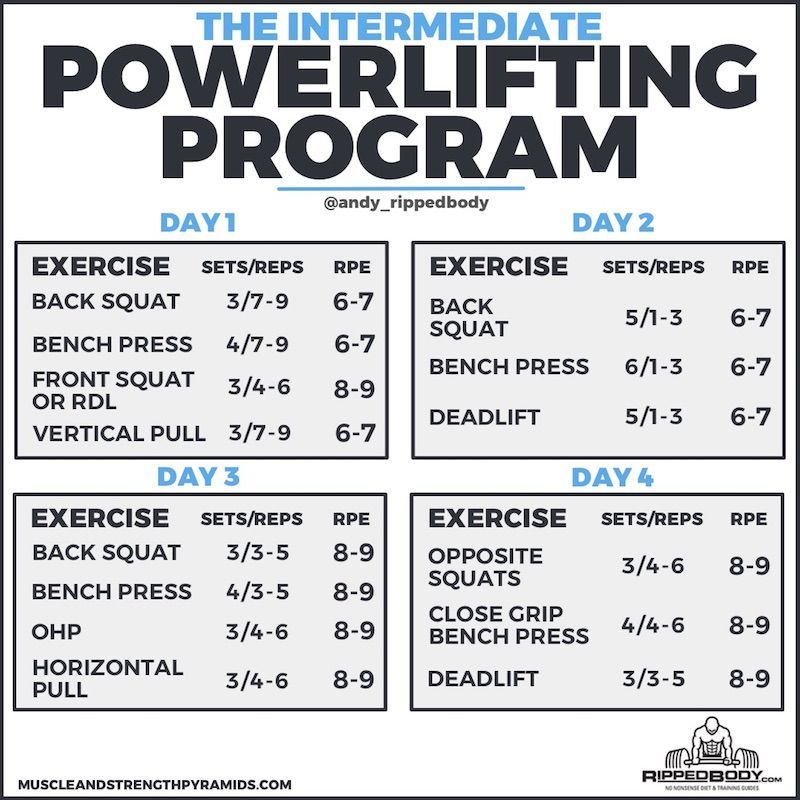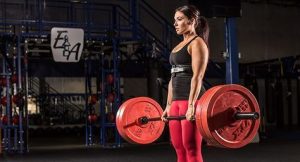
In the world of powerlifting, the ability to consistently push your limits and achieve new personal bests is crucial. While talent and technique are important, developing strength is a cornerstone for success in this discipline. This is why incorporating effective periodization strategies in your training routine can make a remarkable difference. In this article, we will explore the concept of strength training periodization for powerlifters and how it can help you reach new levels of performance.
Understanding Periodization
Periodization is a structured approach to training that involves dividing your overall training plan into different phases, each with specific goals and targeted adaptations. The overarching aim of periodization is to prevent stagnation and enhance performance by systematically manipulating training variables such as volume, intensity, and frequency.
Benefits of Strength Training Periodization
There are several benefits to incorporating periodization into your strength training routine as a powerlifter:
Optimal Recovery: By intelligently splitting your training into different phases, periodization allows for adequate recovery of muscles and the nervous system. This helps prevent overtraining and reduces the risk of injury.
Continual Progress: Through planned variations in training variables, periodization ensures progressive overload. This means you consistently challenge your muscles and force them to adapt, leading to increased strength gains.
Specificity: Periodization enables you to focus on specific aspects of strength required for powerlifting, such as maximal strength, explosive power, or muscular endurance. Different phases can be tailored to address these specific needs, leading to improved performance in each area.
Mental Discipline: Following a periodized training plan requires discipline and commitment, promoting mental toughness. This translates into enhanced focus and determination during powerlifting competitions.
Structuring a Periodized Program
A well-structured periodized program for powerlifters typically consists of three main phases:
Phase 1: Hypertrophy
During this phase, the primary focus is on increasing muscle size and promoting hypertrophy. Training involves higher volumes and moderate to high rep ranges, targeting the development of muscular endurance. This phase helps create a solid foundation for strength gains in the subsequent stages.
Phase 2: Strength
In the strength phase, the priority shifts towards developing maximal strength. Training intensity increases, with lower reps and heavier weights. The focus is on compound exercises that target the main powerlifting movements, such as squats, deadlifts, and bench press. Through progressive overload, this phase helps build raw strength necessary for powerlifting competitions.
Phase 3: Peaking
The peaking phase is the final stage leading up to a powerlifting competition. It involves fine-tuning your training to improve performance on the specific lifts and maximizing strength output. Training volume decreases, while intensity remains high. This phase also includes practicing competition-specific techniques and perfecting your form.
Planning Considerations
When designing a periodized program, it is essential to consider a few key factors:
Training Age: Novice lifters may benefit from simpler periodization models, while more advanced lifters might require more complex and individualized plans.
Competition Schedule: Be mindful of your upcoming competitions when planning your training phases. You want to peak at the right time for optimal performance.
Progression: Ensure each training phase builds upon the previous one, progressively increasing intensity or altering training variables to stimulate further adaptations.
Recovery: Allow ample time for recovery between training sessions and phases to avoid overtraining and maximize performance gains.
Incorporating Periodization into Your Training Routine
To effectively incorporate periodization into your training routine, consider the following:
Set clear goals: Define your short-term and long-term goals to determine the desired outcomes for each training phase.
Plan in advance: Outline your training phases, including the duration of each phase and the specific exercises to focus on.
Monitor progress: Regularly assess and track your performance to ensure you are progressing and adjust your program accordingly if needed.
Seek professional guidance: Consider working with a qualified strength and conditioning coach to develop a personalized periodization plan tailored to your abilities and goals.
In conclusion, strength training periodization plays a vital role in enhancing the performance of powerlifters. By intelligently structuring your training into distinct phases and progressively challenging your body, you can reach new levels of strength and excel in powerlifting competitions. Embrace periodization, commit to the process, and unlock your true potential as a powerlifter.

